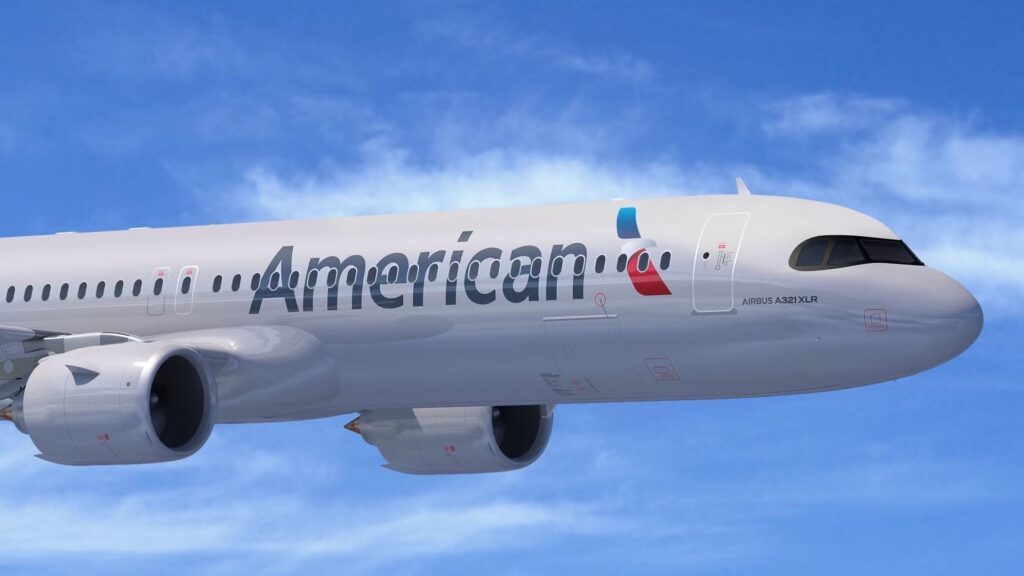
American Airlines is advancing its plans to operate transatlantic flights using the Airbus A321XLR, with pilot training already underway. Starting on September 4, 2023, the airline conducted 42 roundtrip flights between Philadelphia International Airport (PHL) and Edinburgh Airport (EDI). These flights included Federal Aviation Administration (FAA) inspectors onboard to certify operations over the North Atlantic.
The training program focused on essential skills for long-haul flights, such as adapting to daily-shifting North Atlantic Tracks, managing non-radar Air Traffic Control (ATC) interactions, and planning for diversions. Initially, 45 pilots were selected for this specialized training, which will enable them to train other pilots at the airline’s base at John F. Kennedy International Airport (JFK) in New York.
Intensive Training for Long-Range Operations
The training curriculum adhered to regulatory guidelines and included a series of test flights specifically designed to prepare pilots for the complexities of transatlantic routes. Skills emphasized during the training included long-range communication, diversion airport planning, and equal-time-point contingencies, all crucial for operating in vast oceanic airspace.
Captain Josh Hall, the Airbus A320 fleet captain at American Airlines, expressed confidence in the program’s success, stating, “This effort sets us up nicely to begin training our line pilots to fly the A321XLR over the North Atlantic, and it was only made possible by the hard work and professionalism of our check pilots, the FAA, and our A320 flight training and fleet technical teams.”
American Airlines has developed a two-step rollout strategy for the Airbus A321XLR. The aircraft is expected to be delivered in the fourth quarter of 2025, initially serving domestic routes to facilitate crew and operational familiarization before transitioning to long-haul service. This phase aims to identify any operational issues and rectify them prior to the aircraft’s transatlantic deployment.
Expanding Operational Capabilities
The A321XLR, with its impressive range of approximately 4,700 nautical miles, is poised to open new routes for American Airlines, particularly to secondary European markets and during shoulder seasons when demand is variable. This flexibility allows the airline to maintain services to mid-sized destinations that may not support larger widebody aircraft.
The introduction of the A321XLR is set to enhance American Airlines’ ability to serve a diverse array of destinations, effectively balancing capacity and operational efficiency. The aircraft’s design allows for the integration of premium products, including lie-flat business class seats, aligning with industry trends toward increasing premium revenue.
In conclusion, the Airbus A321XLR represents a significant advancement for American Airlines, expanding its operational capabilities and enhancing its service offerings across the Atlantic. The airline’s strategic training and phased rollout will position it to effectively utilize this new aircraft in a competitive market landscape.







